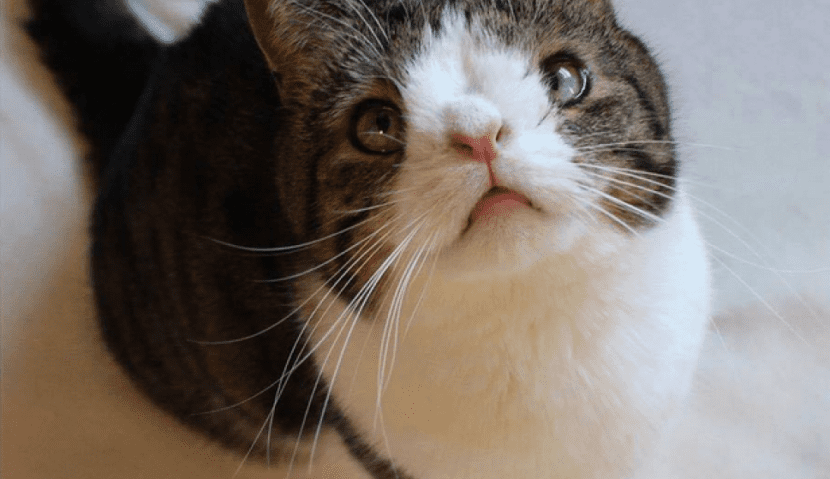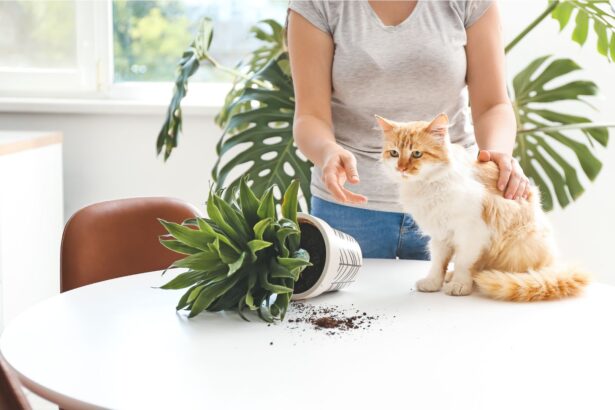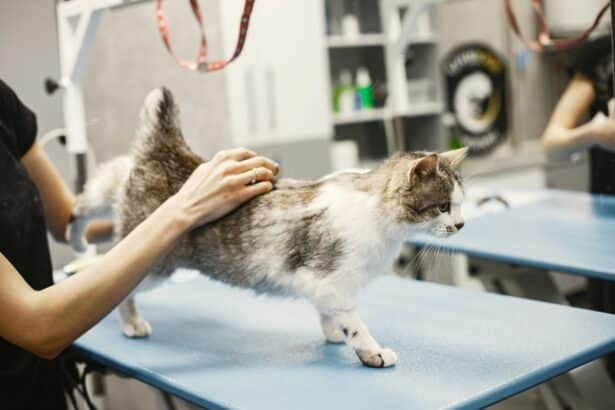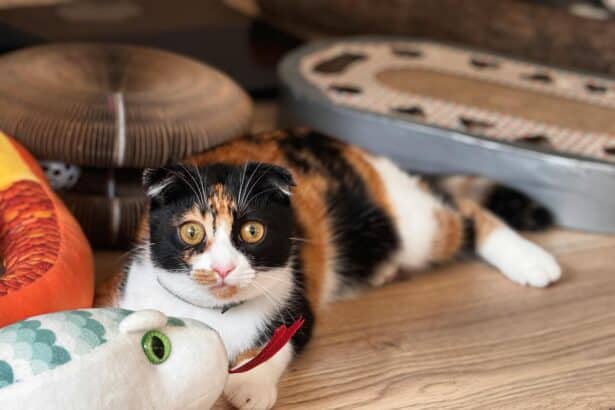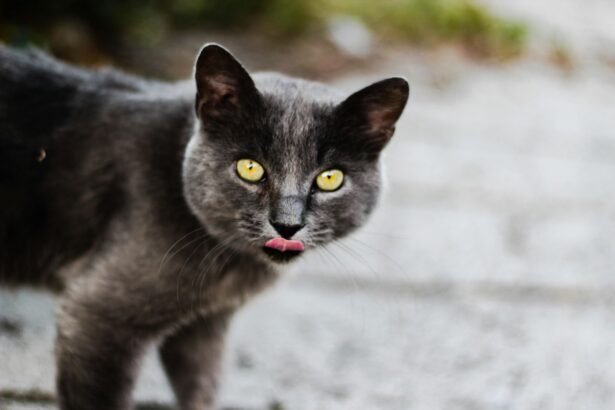In our exciting and varied world of domestic wildlife, every cat is unique with its own personality and characteristics. Some, however, stand out with special challenges that make their existence all the more special. One such challenge is Down’s syndrome in cats. These magnificent little creatures, though they face obstacles, have much to teach us about compassion, acceptance and unconditional love. Let’s learn together to better understand and support these special cats.
What is Trisomy in cats?
Trisomy in cats, also known as Klinefelter syndrome in some cases, is a rare genetic disorder. Similar to what occurs in humans, trisomy occurs when certain pairs of chromosomes divide unequally during embryonic development. This unequal division results in an increased presence of genetic material in the cat’s cells, which can affect various aspects of its physical and mental make-up.
The result is a cat with unique physical and behavioral characteristics. They may have distinct facial features, wide-set eyes, smaller than average size and slightly curved legs. In addition, they may present other health problems such as coordination difficulties, developmental problems, vision and hearing disorders and other symptoms associated with their condition. Read our article to find out more about cat genetics.
Signs and symptoms of feline trisomy
Recognizing a Down’s syndrome cat can be difficult. However, there are some typical signs to look out for. In addition to distinctive physical characteristics, a Down’s syndrome cat may also have a short stature, slow growth, coordination problems and difficulty learning new things. Physically, they might have slightly larger or more rounded ears, a wider face, and larger or more widely-spaced eyes.
Down’s syndrome cats may also show signs of delayed development, such as walking later than normal, taking longer to groom properly, being less active or playing less than other cats. They may also have reduced muscle tone, which can make them weaker or less agile than other cats.
The daily life of a cat with Down’s syndrome: Needs and particularities
Down’s syndrome cats have specific care needs. As their digestive system can be affected by their condition, they may require a special diet to manage their health problems. In addition, they benefit from an adapted living environment that minimizes the risk of injury. This may involve having a living space without large jumps or falls, or having toys and furniture adapted to their size and strength.
Socialization and daily life for cats with Down’s syndrome
The Down’s syndrome cat, more than any other cat, needs a lot of love, attention and patience. Just as feeding your cat properly is crucial, so is socializing your Down’s syndrome cat. Because of their possible developmental delay, they may be less inclined to interact with other animals or people. They may also be more sensitive to stress, which means they may have difficulty in noisy or chaotic environments. They may also show signs of anxiety or fear, which means they need a calm, secure environment to feel comfortable.
Remember, every Down’s syndrome cat is unique and has its own strengths and weaknesses. Some may be more social and curious, while others may be more reserved and prefer peace and quiet. It’s important to understand and respect their individual needs.

Supporting the well-being of a Down’s syndrome cat
Caring for a cat with Down’s syndrome includes regular visits to the vet to monitor their health and ensure they receive the medical care they need. It’s essential to talk to your vet about your concerns and follow their advice for your pet’s well-being. In addition to these regular visits, a suitable diet, sufficient mental stimulation and a safe environment are also essential to their development.
Help and support communities for cats with Down’s syndrome and their owners
Fortunately, there are many resources and support communities for owners of cats with Down’s syndrome. These communities can provide important advice and emotional support for you and your cat. By joining these groups and forums, you can share your experiences and learn from those of others. You can exchange ideas on how to care for a cat with Down syndrome, share your challenges and successes, and lean on a community that understands your experiences.


